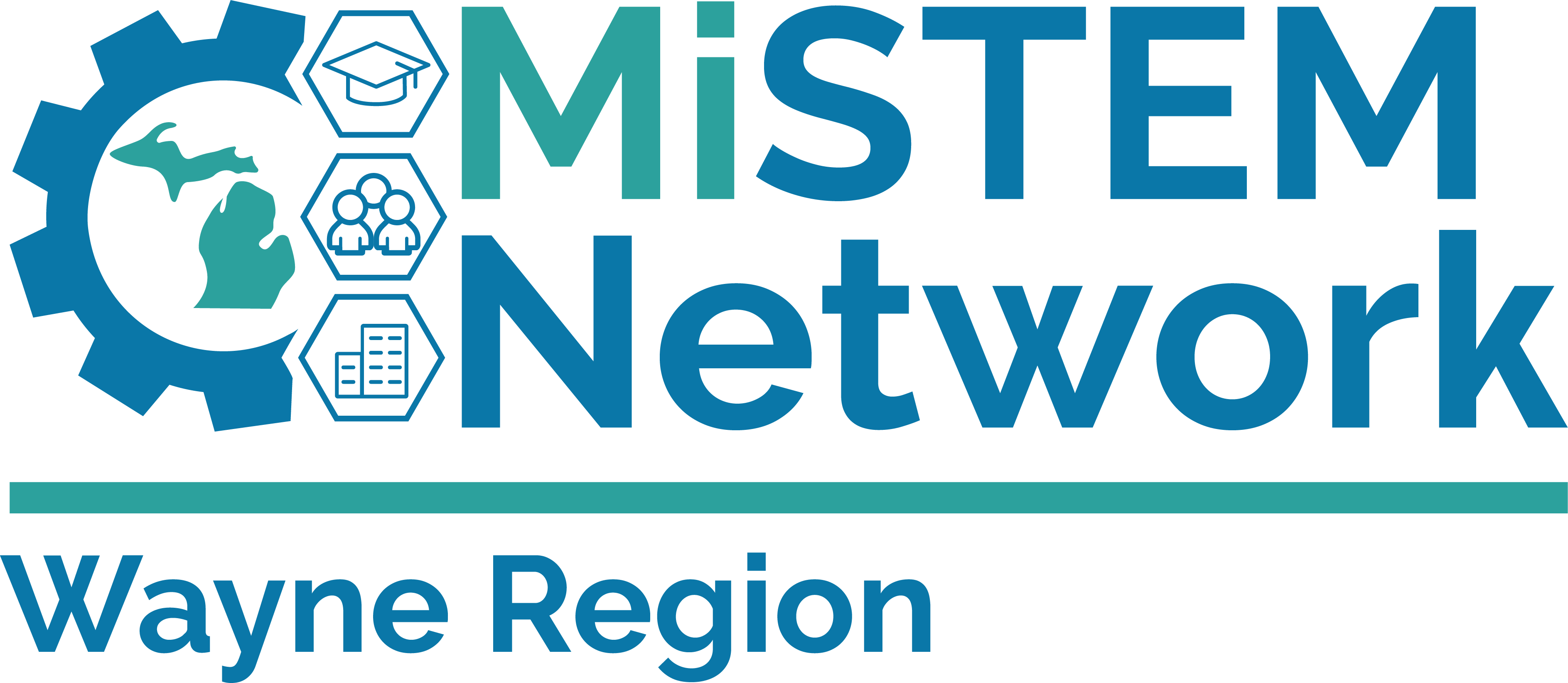Summer GTTC Student Internship Showcase
The Geospatial Technologies Talent Consortium (GTTC) is missioned to create high-pay, high-demand, and high-mobility (3H) geospatial technologies career opportunities for students. The GTTC program culminates in a GIS capstone paid summer student internship, where students accomplish GIS work in local companies and organizations.
Students arrive at their internships with 9 college credits in GIS through Eastern Michigan University, their own ESRI licenses, and experience with ArcGIS.

Paulina Appel
Computer Administrator II
Bryan Agosti
GIS Coordinator
Internship Projects
The GTTC, stakeholder partners, schools and employers collaborate to create successful student high-tech internships. In 2021 and 2022, twenty-one student interns in southeast Michigan completed paid internships in ten companies and agencies.

Internships
City of Livonia
Public water mains attribution
Students worked on editing attribute data for public water mains using engineering as-built drawings. Using ArcGIS Pro, students built their GIS skills editing public utilities, interpreting paper and scanned as-built drawings/maps, relating that information to the GIS data, and seeing how GIS is used in local government.
City of Westland
Water utility infrastructure
This project included developing an accurate and complete water shut off layer for residential properties. The intern used current imagery and building footprints to create spatially accurate points using ESRI editing tools. The intern created an overall map/report to highlight the results, learning how to Geo-Reference various drawing documents and digitize utility features (Water, Sewer, & Storm) from them.
Detroit Region Aerotropolis
Urban air mobility
Students studied GIS layers that are best suited to urban air mobility and utilizing ArcGIS with Airspace Link’s technology stack, using Federal GIS Data and ground-based GIS data. Students also communicated with city staff members, recommend urban air mobility corridors, write technical documentation, and deliver a final presentation.
Eastern Michigan University Department of Geography
Watershed field data
Interns worked on building field data collection tools and dashboards similar to that of the Huron River Watershed Commission (HRWC). EMU staff guided students through the process of building a database for Fish Lake using available data and the production of map products for the different users of Fish Lake. Students used ArcGIS Online, collector and field notes.
Mannik & Smith Group
Searchable web map
Students created a searchable web map of previous Mannik & Smith Group project locations based on a database of addresses. Students worked on ArcGIS Online web mapping, creation of web maps and create an Esri interactive web map for Mannik & Smith Group employees showing locations of previous work sites.
MiCAMP
Shoreline change detection
Student delineated shorelines over the past ten years using high-resolution aerial photography (NAIP- The National Agriculture Imagery Program) and the modern Light Detection And Ranging (LiDAR) images. The project mapped shoreline changes, either erosion (retreat) or accretion (advance), through Geographical Information Systems (GIS).
Michigan State Police
Statewide Address Database
Address locations are vital to dispatching emergency services through 911. For this project, students built GIS layers of addresses for selected counties in Michigan. The students learned about the statewide address database that is used for 911/Computer Aided Dispatch. Students learned about Arcade (scripting language) to help them cleanup and update existing databases.
MiSTEM Northwest
STEM education grant StoryMap
Interns were involved in the creation of Project/Place/Problem (3P) STEM Education Grant StoryMaps. Students learned about data collection, Google drive organization, processes to maintaining existing data sources, and how to develop intuitive StoryMap Handbook guides. This internship also included presentations at various MiSTEM meetings, and interns were paired with college mentors.
Monroe County Planning Department
Land use planning
Students participated in taking legal descriptions of property boundaries and digitizing them to update the county’s parcel map system, with a focus on future land use planning, tax assessments, and the enhanced 911 system. Students also worked on mapping projects , such as centennial farms, quarries, and sites of historical interest in the county.
Navv Systems
Mapping data for mobile workflow
Students worked on ensuring that the mapping data is according to the “ground truth”. Students experienced an emerging area of GIS and the future of mobility in healthcare. The project included using QGIS software and change attributes in a system that is built on GIS and apple Indoor positioning, which is currently being used in five hospitals.
Special Thanks to Our Partners!
We recognize our outstanding employer partners who have contributed their time, expertise, and collaboration in hosting our summer interns. Their partnership in advancing GIS internships for students will increase the GIS talent pipeline in the region and open doors for students in STEM careers.










